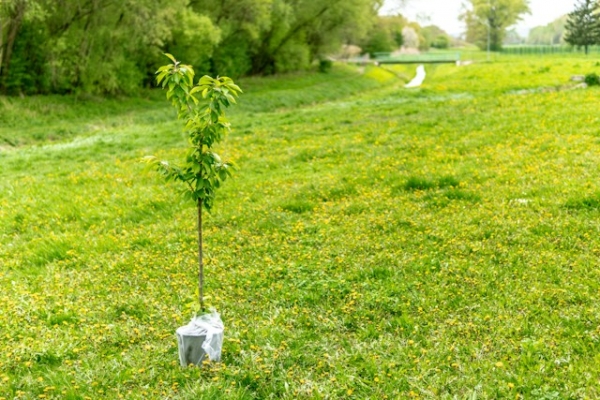Global tree-planting campaigns have reached fad-like proportions over the past decade, and it’s easy to understand their appeal.
Global tree-planting campaigns have reached fad-like proportions over the past decade, and it’s easy to understand their appeal. Healthy forests help in the fight against climate change by absorbing some of our excess carbon dioxide emissions, and they can provide wildlife habitat and quality-of-life benefits for local human communities too. So why not plant more trees? It seems like an easy win.
But the problem is, there’s a huge difference between simply planting a tree and making sure that trees survive and grow over the long-term. And without the necessary ecological understanding or long-term planning and follow-up that goes into successful reforestation projects, tree-planting efforts can end up being useless, wasteful, or even actively harmful to people and the planet.
That’s why restoration ecologists, like UC Santa Cruz Environmental Studies Professor Karen Holl, have been working to educate tree-planting organizations and the public about best practices for successful reforestation. The latest paper by Holl’s research team set out to examine the possible impact of those education efforts.
Read more at: University of California - Santa Cruz
Photo Credit: George Bakos via Unsplash




